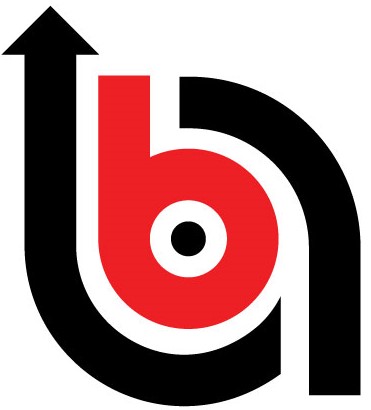NEW DELHI: Retail inflation cooled to a more than six-year low of 2.1 per cent in June 2025, driven by a sharp decline in food prices, especially vegetables, amid a favourable monsoon.
This marks a significant softening from 2.82 per cent in May and 5.08 per cent in the same month last year, edging closer to the Reserve Bank of India’s comfort zone.
According to the National Statistics Office (NSO), the year-on-year Consumer Price Index (CPI)-based inflation for June 2025 was 2.1 per cent, the lowest recorded since January 2019, when it had touched 1.97 per cent.
The NSO attributed the decline in headline and food inflation to a favourable base effect and easing prices across key food categories. These include vegetables, pulses and products, cereals, meat and fish, milk and related products, spices, sugar, and confectionery.
Inflation has been on a downward trend since November 2024. From May to June 2025, headline inflation fell by 72 basis points.
Meanwhile, wholesale price inflation (WPI) also saw a reversal, turning negative for the first time in 19 months. WPI fell by 0.13 per cent in June, compared with a 0.39 per cent increase in May and 3.43 per cent in June 2024.
The Ministry of Commerce and Industry noted that this decline was primarily due to falling prices of food articles, mineral oils, basic metals, crude petroleum, and natural gas.
Food articles under WPI registered a deflation of 3.75 per cent in June, deeper than the 1.56 per cent deflation in May. Vegetables witnessed particularly sharp price drops.
According to the NSO’s CPI data, annual food inflation for June 2025 stood at minus 1.06 per cent, marking a 205 basis points decline from May. This is the lowest food inflation reading since January 2019.
Rural inflation
Rural inflation came in at 1.72 per cent, lower than the national average, while urban inflation stood at 2.56 per cent. State-level data showed the lowest inflation in Telangana at minus 0.93 per cent and the highest in Kerala at 6.71 per cent.
Across major CPI categories, inflation was negative in vegetables (minus 19 per cent), meat and fish (minus 1.62 per cent), pulses and products (minus 11.76 per cent), and spices (minus 3.03 per cent).
Commenting on the data, Aditi Nayar, Chief Economist at ICRA, noted that the easing inflation was entirely led by the food and beverages segment, which registered a deflation of 0.2 per cent in June – the first such reading in over six years. “The CPI inflation eased for the eighth straight month, touching the lowest level since January 2019. We do not rule out a final 25 basis points rate cut in the RBI’s August policy meeting,” she said.
Core inflation
However, core inflation moved higher to 4.4 per cent, the highest since September 2023. Paras Jasrai, Associate Director at India Ratings and Research, said this uptick was largely driven by inflation in jewellery, as gold prices surged due to geopolitical tensions.
Gold inflation rose to a 58-month high of 36 per cent, while silver and other ornaments also saw elevated inflation of 17.8 and 21.5 per cent, respectively.
Garima Kapoor, Economist and Executive Vice President at Elara Capital, said the cooling in June inflation was led by moderating food prices and a high base effect. “We expect CPI inflation for the full year to remain below the RBI’s estimate of 3.7 per cent and therefore do not rule out another rate cut post-monsoon,” she said.
The NSO collects CPI price data from 1,114 urban markets and 1,181 villages across all states and union territories.



